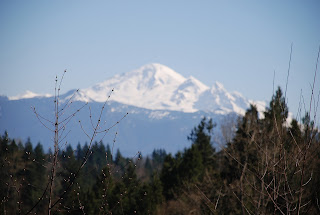So many readers ask me how I go about writing a book. Most people who are not writers really do not know about the procedure. I think many authors follow a process similar to mine, except for the many, many self-published authors that are able to put their works into the market today. However, as a lifetime professional writer, I have been lucky enough (or at least was known a little bit because of my lengthy career writing for magazines) to have most of my prospective books contracted in advance by traditional publishers.
What is the difference? A traditional publisher receives suggestions for a book from writers like me. The very largest of such publishers only read inquiries (usually) presented by an agent; Most others do read proposals from almost anyone, who usually must research the publishing firm to get some idea of how many books a year it publishes, the readers that it tends to attract (fiction, non-fiction, adventure, romance, etc.), acceptable formats, what its pay schedule is for advances and royalties. The contract is very important to both parties. One must be sure the subject is not already in print, at least with the same slant the author chooses, that direct quotes from any person or other book have signed releases, what are the term of subsidiaries, and the due dates for a contracted manuscript (very important because publishers advertise books greatly in advance), plus other matters. Subsidiaries are very important, because the income split for a book made into a movie or other use, for foreign language version, and other types of reproduction varies between publisher and author.. A host of other variable matters between publisher and author need discussion, as well.
Once the contract is signed, the publishing company pays all the costs of the formatting, publishing, distribution to wholesalers and distributors, promotion and other marketing costs. The author pays the costs of writing an acceptable finished manuscript and furnishing illustrations (usually).
Please understand that I do not assume responsibility for any form of error or variation that the author or publisher incurs from following my comment on this publishing and sale process. I am merely generalizing from experience at writing 17 published books to date.
Traditional publishers include such large and small companies as Random House, McGraw-Hill, Harper's, Caxton Press, Rowman & Littlefield, Peachtree Children's Press.
Self-publishing requires the authors, organizations, a small corporation , "whoever," to pay for all the costs involved in publishing and marketing the book. A whole new cadre of marketers is appearing to assist in the marketing and sale of such books, often written by first-timers in the field and well-written as any but needing to build a recognition factor. One needs to be aware of the way the system works, such as establishing a retail price, upon which most percentages of sale are built, such as to bookstores, wholesalers, the public at book shows, etc., in order to set a figure that will permit a profit over publishing and marketing expenses. Some publishers ask for the author to contribute a percentage of the over-all costs in a joint agreement.
As indicated above, I do not guarantee that any advice given above is totally correct or up to date I am generalizing. See your attorney or a knowledgeable writing coach, at least.
NEXT BLOG: Now that we have some background out of the way, the blog can deal with more interesting details such as how I approach the writing process. See ya.










